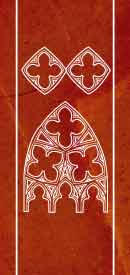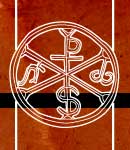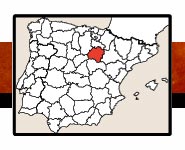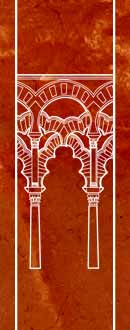 |
|
/SEM-20-sen-lib-E-25.jpg)
CASTILLO DE UCERO
El castillo de Ucero es una fortaleza con 3 recintos, con complejos accesos por rampas y puente levadizo, constaba con aljibe, la torre de homenaje dispone de esquinas de sillares, y bóveda ojival, disponía de un pasadizo secreto que en zig-zag bajaba al río Ucero para abastecer a los moradores de agua. El origen del castillo es el siglo XIII, pero buena parte de lo visible es de los siglos XV y XVI.
VISITA: Preferentemente exterior, para silla de ruedas no factible por la acumulación de ruinas y vegetación. |
|
/250-UCE-Castill-40.jpg) |
|
/SEM-20-sen-lib-I-25.jpg)
CASTLE OF UCERO
The castle of Ucero is a fortress with 3 enclosures, with complex accesses by ramps and drawbridge, had a cistern, the tribute tower has ashlars in the corners, and a pointed vault, it had a secret passage that zig-zag down to the Ucero river to supply water for the residents. The origin of the castle is the 13 th century, but much of what is visible is from 15 th and 16 th centuries.
VISIT: Preferably outside, for wheelchair not feasible due to the accumulation of ruins and vegetation |
|







/compl-sor-18/SORI-Abejar-40.jpg)
-55/BOOK-cort-40.jpg)

/compl-sor-18/SOR-Abejar-50.jpg)
/compl-sor-18/TT-SOR-Abejar-W-40.jpg)